How to Choose the Right Freshwater Lure
May 1, 2021
At Coastal, we have the gear and expertise to help you plan your next, big fishing adventure. That includes the lures you need for the time of year, weather, and type of fish you’re trying to catch. Below are some of the more common freshwater lures you might need and where (or when) to use them.
What to Bring on Your Fishing Trip
Download the rules and regulations for Oregon and Washington before casting your line into any bodies of water. And don’t forget about licenses in both Oregon and Washington. In Oregon, everyone 12 and older will need a license, while in Washington, you need a license starting at age 15. Looking for advice on what to pack? The Oregon Department of Fish and Wildlife (ODFW) can help you prepare for your fishing trip.
Match Colors with the Weather and Size to the Fish
Before you choose a specific lure, it’s important to get the right color. Most experts will tell you to match the lure color with the weather. If it’s a sunny day, go with a bright-colored lure. If it’s overcast and dreary, choose muted colors.
The size of the lure also makes a difference. If you know what kind of fish you’re trying to catch, match the bait to that fish’s specific prey. If your lure is too large, the fish won’t bite. And if it’s too small, they might not take notice or even nibble.
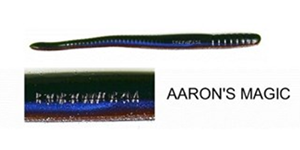 |
Plastic Worms (grubs, salamanders, crayfish): These lures are available in different sizes and colors and are designed to catch largemouth bass. Plastic lures are easy to use among weeds and rocky drop-offs. |
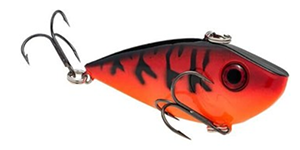 |
Crankbait (plugs):
These hard plastic lures often have two sets of hooks and are designed to be cast and retrieved over and over again. The faster you pull the line back in, the more obvious they become to fish on the prowl. They come in several varieties, including topwater lures for fish that stay close to the surface, thin minnow lures, diving lures that sink, and swimming crankbaits that move from side to side as you reel in the line.
|
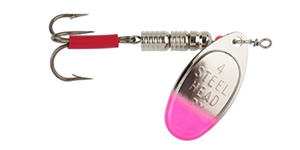 |
Spinners (spinnerbait, safety-pin spinners): Some of these look like an open safety pin with a hidden hook, while others are simple spinners on a decorated hook. Cast these out and retrieve them across the surface of the water. The design will do the rest of the work to attract fish. |
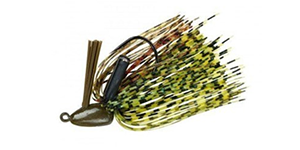 |
Jigs: Most jig lures have a rounded, weighted head and other features that make it look like it’s swimming as you retrieve the line. The bare hook is there to catch curious fish, but also makes it susceptible to catching on weeds and other debris, so cast carefully. |
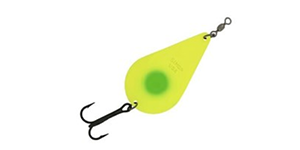 |
Spoon lures: As the name suggests, spoon lures look like modified, mini spoons with hooks attached to the back. As you reel in the line, the bowl of the spoon wabbles, making them hard for fish to resist. The design has been known to work on just about any kind of freshwater fish out there, including trout and bass. |
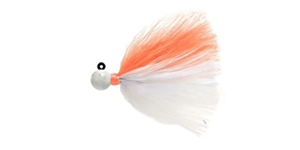 |
Flies: Fly fishing enthusiasts use nearly weightless flies attached to a weighted line to deliver the lures near unsuspecting fish. Learn more about fly fishing with our article Choosing Between Fly Fishing and Conventional Fishing as well as Backroads Journal: Fly Fishing with the World-Famous Billy Pruitt.
|
Coastal has Your Fishing Gear
We’ll help you pick the right rod and reel and show you what to pack in your tackle box. Get it all at Coastal, including the right lures to reel in the big one.
